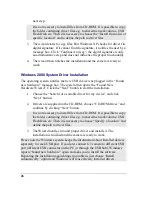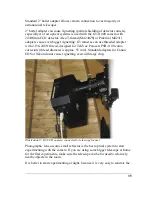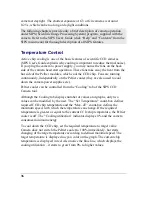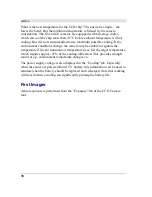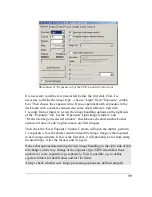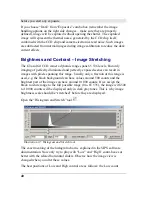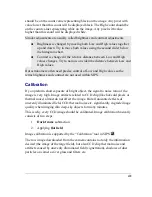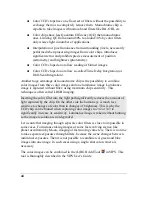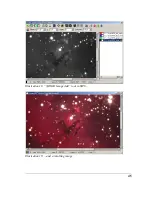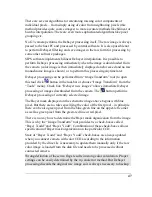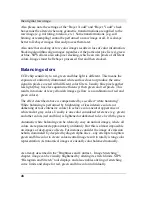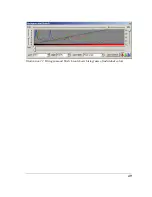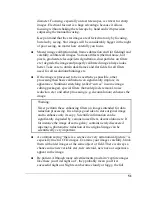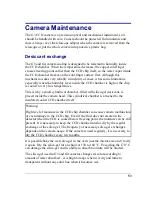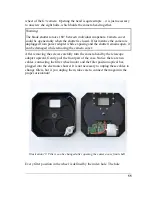
before you start any exposure.
If you choose “Dark” from “Exposure” combo box (remember the image
handling options on the right side changes – make sure they are properly
defined), image will be captured without opening the shutter. The captured
image will represent the thermal noise, generated by the CCD chip itself,
combined with the CCD chip and camera electronics read noise. Such images
are subtracted from normal images during image calibration to reduce the dark
current effects.
Brightness and Contrast – Image Stretching
The G3 and G4 CCD camera dynamic range spans 65 536 levels. But only
imaging of perfectly illuminated and perfectly exposed scenes can result in
images with pixels spanning this range. Usually only a fraction of this range is
used, e.g. the black background can have values around 500 counts and the
brightest part of the image can have around 10 000 counts. If we assign the
black to white range to the full possible range (0 to 65 535), the image with 500
to 10 000 counts will be displayed only in dark gray tones. This is why image
brightness scale should be “stretched” before they are displayed.
Open the “Histogram and Stretch” tool
.
Illustration 12: Histogram and Stretch tool
The exact meaning of the histogram chart is explained in the SIPS software
documentation. Now only try to play with “Low” and “High” count-boxes or
better with the related horizontal sliders. Observe how the image view is
changed when you alter these values.
The best positions of Low and High control are as follows: the Low count
40

